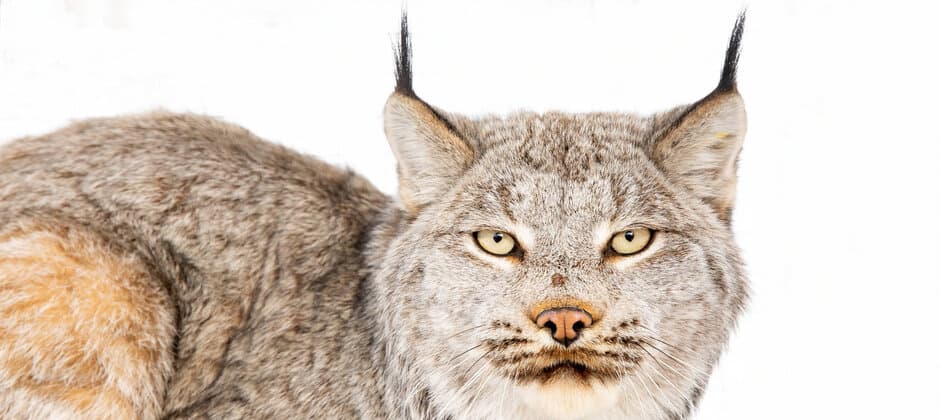Share this article
U.S. Fish and Wildlife Service faces lawsuits over sage-grouse, lynx
The Center for Biological Diversity and Western Watersheds Project have filed suit against the U.S. Forest Service and the U.S. Fish and Wildlife Service, as well as other Department of the Interior agencies, alleging that the government is not taking adequate action to protect threatened Gunnison sage-grouse (Centrocercus minimus).
The groups say Gunnison sage-grouse, which are found in southwest Colorado and southeast Utah, are facing “catastrophic population losses,” citing a 40% drop in the Colorado population and a 50% decrease overall since 2013. In 2014, the U.S. Fish and Wildlife Service listed the Gunnison sage-grouse as threatened under the Endangered Species Act.
Gunnison sage-grouse conservation is based on the Gunnison Basin Candidate Conservation Agreement and the underlying biological opinion developed in 2013 to guide conservation measures. Parties to the agreement are permitted to cause some incidental take from certain development, grazing or other covered activities in the bird’s habitat.
The plaintiffs argue that the agencies’ reliance on this agreement is misplaced and that it was “not based on the best available science at the time.” They are asking the court to require the agencies to reinstate consultation under the ESA and to prevent livestock grazing on Gunnison sage-grouse critical habitat until that consultation is completed.
The U.S. Fish and Wildlife Service is also facing a lawsuit regarding Canada Lynx (Lynx canadensis). Friends of the Wild Swan, Rocky Mountain Wild and other groups are asking a federal court to invalidate the 2018 decision to delist the Canada lynx and to require the agency to develop a recovery plan for the threatened species.
A 2014 court decision from the same federal court directed the USFWS to prepare a lynx recovery plan by 2018. Instead, the agency announced in late 2017 that it planned to remove lynx from the list of threatened species based on a species status assessment it released that year. Although a final delisting decision has never been published, based on the 2017 decision, the agency did not pursue further recovery planning for the species, which sparked this lawsuit.
The lynx is broadly distributed across Canada and Alaska, with more isolated populations in Maine, Minnesota, Montana, Idaho, Washington and Colorado. The lynx was listed as threatened in the contiguous U.S. in 2000. According to plaintiffs, lynx populations in Montana and Washington state have declined since the species’ listing, and they have lost habitat in Colorado. In the 2017 assessment, the USFWS noted that there continues to be “much irresolvable uncertainty” regarding the current lynx population size, but indicated that they did not find evidence of “major range contraction or dramatic declines in the number of resident lynx in the DPS as a whole.”
Plaintiffs argue that new data has become available since the 2017 assessment and that the agency’s analysis of the threats to the lynx was flawed because USFWS used the improper time frame when determining the threat that climate change poses to lynx.
This case is the latest of many regarding lynx management and conservation. In recent decades, the secretive predator has been the subject of litigation in Idaho and Montana focused on the states’ trapping regulations. In two other high-profile cases, legal arguments centered around the consultation requirements for other federal agencies undertaking land management. A 2018 decision also called on the USFWS to develop a recovery plan.
Read TWS’ Position Statement on The U.S. Endangered Species Act
Header Image: A recent lawsuit calls on the U.S. Fish and Wildlife Service to develop a recovery plan for the Canada lynx. Credit: Lisa Hupp/USFWS








